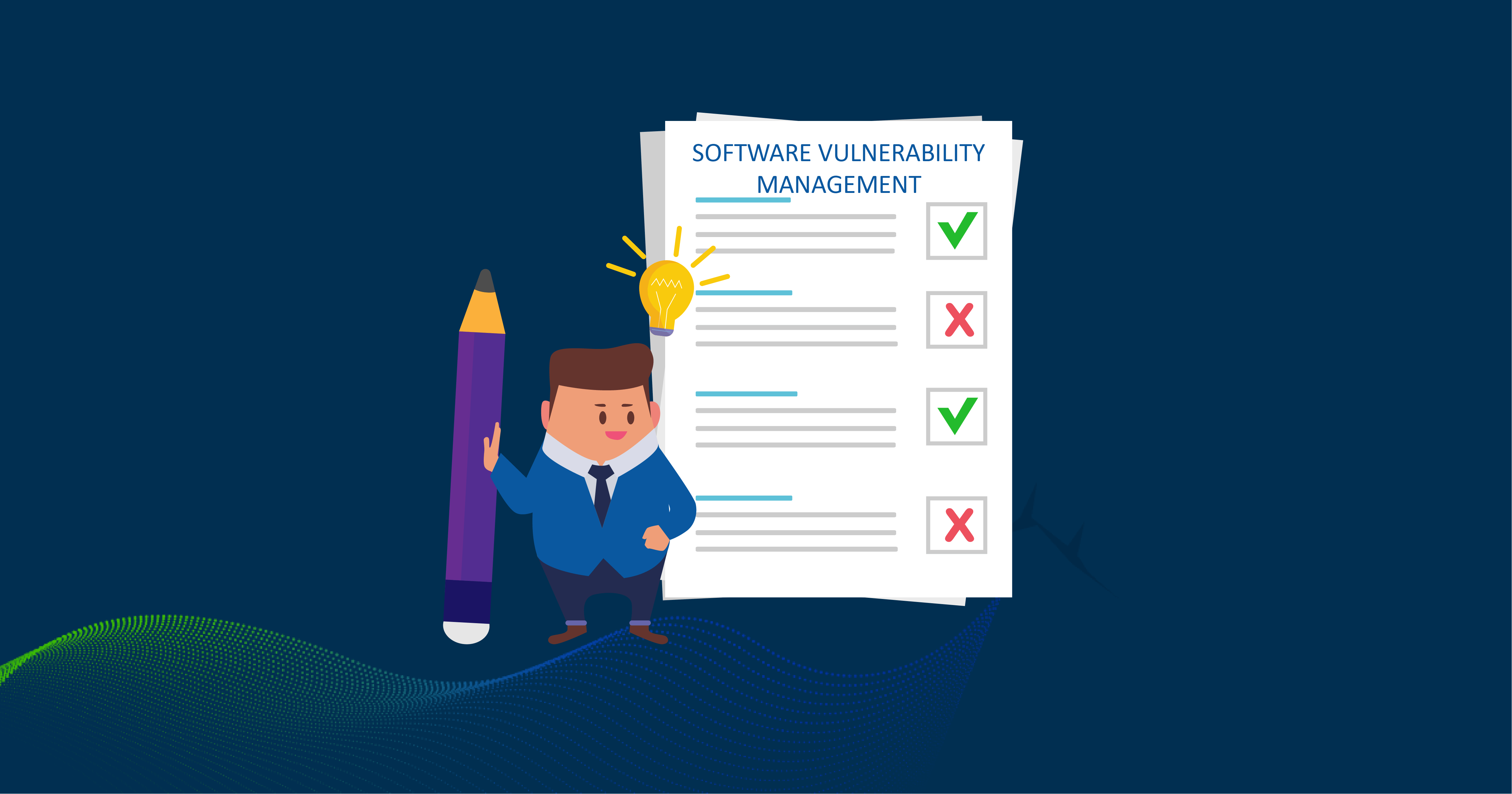Software vulnerability management process is a process of identifying, prioritizing, and remediating vulnerabilities and other security risks. Implementing this can help organizations prioritize active risks and minimize the attack surface.
In this article, let us discuss a bunch of Do’s and Don’ts following to ace at software vulnerability management process with a good vulnerability management tool.
Do’s of Software Vulnerability Management Process
-
Always automate
Manual method or traditional way of managing vulnerabilities is long gone. When you have a bundle of vulnerabilities for remediation, not automating the remediation process will leave your organization more prone to cyberattacks and affect productivity.
-
Prioritize before you remediate
All vulnerabilities must be prioritized based on the risk they would possess the organization. Prioritizing will help identify more critical vulnerabilities and help in smarter remediation.
-
Continuous scans
We never know when vulnerability will be infected in your organizations; periodically scanning your network will let you miss out on the critical vulnerabilities and pave the way for more attacks. opt for solutions like a vulnerability management tool that will offer you continuous detection of vulnerabilities.
-
Integrate patching
After the discovery, vulnerabilities need to be remediated as soon as possible! It will be a good practice if vulnerability management is integrated with patch management that can remediate vulnerabilities instantly and automatically.
-
Reporting
To make auditing easier, document the findings of the vulnerability management process.
Don’ts of Software Vulnerability Management Process
-
Don’t stop at detection
Software vulnerability management doesn’t end with discovering vulnerabilities. Just detecting vulnerabilities without remediating is of no help. Complete the whole vulnerability management process from discovery to remediation.
-
Don’t opt for periodic scans
As mentioned earlier, we never know about discovering the vulnerabilities, periodic scans can leave your organization more vulnerable to attacks.
-
Don’t take long time for remediation
The longer you take to remediate the vulnerability, the more vulnerable your organization will be to cyberattacks. Have a vulnerability management tool integrated with patch management software so that it can instantly remediate vulnerabilities.
-
Don’t miss out on third-party application vulnerabilities
Ensure your vulnerability scanner doesn’t miss out on third-party applications. Third-party applications can also cause cyber-attacks and act as a loophole for attackers.
-
Don’t deploy patches before testing
Few patches would cause malfunction to your IT assets when you try deploying them. To avoid this situation, always test the patches in a non-production environment and then deploy.
Conclusion
When attacks are increasing rapidly, security measures to safeguard your organization should be more advanced. Every organization must establish a software vulnerability management process that can continuously and automatically detect vulnerabilities and other threats that could cause harm to the organization’s reputation. Therefore, choose tools that could mostly require all your requirements and can provide you with accurate results.


